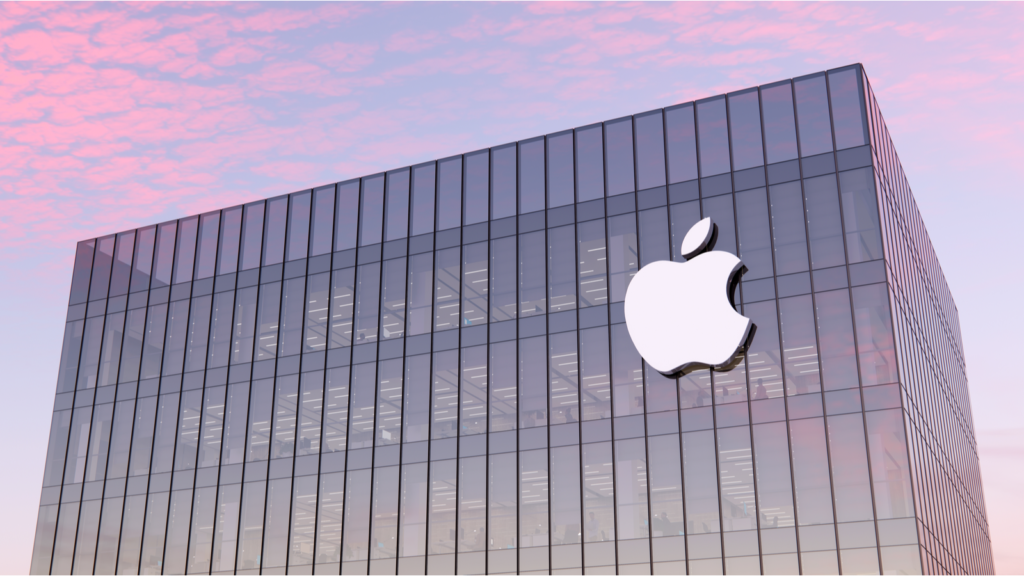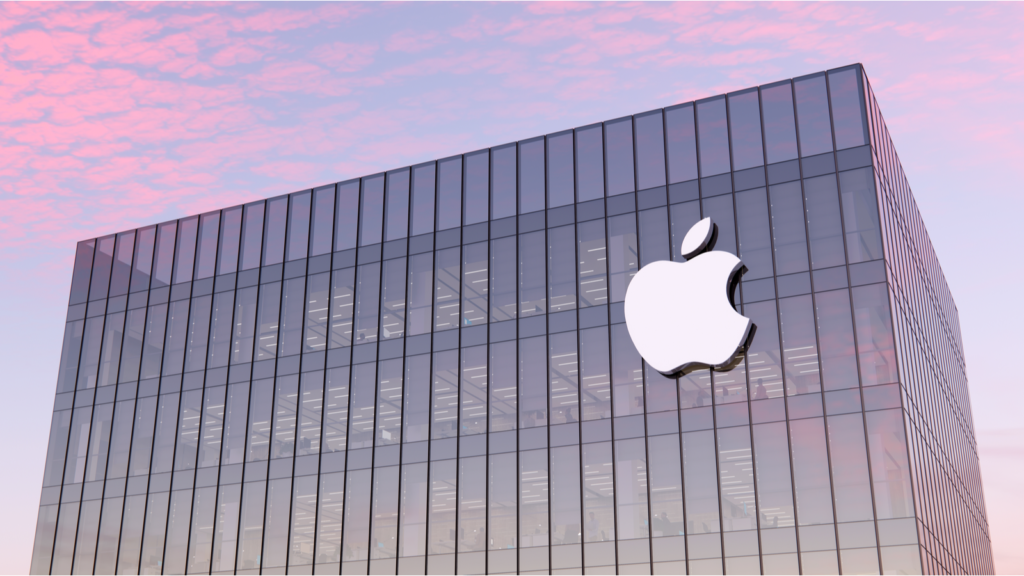
In the 16 months since ChatGPT was introduced three truths have been proven in generative artificial intelligence (GenAI). Broadly, this has meant short-term pain for Apple stock (NASDAQ:AAPL).
First, the Cloud needs to be upgraded. Second, consumer applications will take time to develop. Third, consumers will need new clients to take advantage of them.
Microsoft (NASDAQ:MSFT) has blown by it and now leads in market cap by $500 billion, roughly the market cap of Tesla (NASDAQ:MSFT). Nvidia (NASDAQ:NVDA) has closed the gap in third to the same amount.
When do you buy the dip?
Why Apple Fell
Apple’s main AI move so far has been cozying up to Alphabet (NASDAQ:GOOGL, NASDAQ:GOOG) on its Gemini AI tool. This makes sense. Apple let Google take the lead in search, AI research is expensive, and it’s vital that Alphabet be competitive there. Apple stock is licensing Shutterstock images to train its AI models, so it’s not completely dependent on Gemini.
But that won’t sell new iPhones. The latest rumors point to a new SE model early next year featuring the best of the last two models, at a low price. That should lead to lots of upgrades, but not the revenue boost Apple needs to keep Wall Street happy.
By ending its work in self-driving cars, Apple is also pointing to a new austerity.
Early reports on the Apple Vision Pro make it look like Apple’s CyberTruck. It’s appealing an adverse decision banning some versions of the Apple Watch, and it’s on the defensive over its huge cut of app store subscription fees.
Making Apple Pie
Once GenAI is perfected, Apple is a guaranteed winner.
That’s because AI is a story of two revolutions, in queries and interfaces. Most attention today is focused on queries. This has strengthened Microsoft. But it will also change how we interface with computing. That’s where Siri, the Watch, and Apple Vision Pro will make their money.
Administration grants to Taiwan Semiconductor (NYSE:TSM) for its Arizona fabrication plants are all about assuring Apple a bigger supply of chips.
AI models will need access to advanced clients and their interfaces to work. That means you’ll need a new iPhone, a new Watch, and probably a new laptop to get the most from new services.
We think of Apple as a products company, but it’s also, now, a semiconductor outfit. New hardware will require both Central Processing Units (CPUs) and Graphics Processing Units (GPUs) compatible with Nvidia output. Apple is making both.
It’s all part of improving profits within Apple’s supply chain, just as it takes all it can from its distribution channel. It’s a strategy now used by everyone from Lululemon (NASDAQ:LULU) in clothing to Target (NYSE:TGT) in food and furnishings. It requires enormous capital expenses to execute, but the result shows on the bottom line.
Apple grew its gross margins, and operating cash flow, last year through these controls. For the December quarter it doubled the amount of cash it had on hand, year-over-year.
The Bottom Line
A decade ago, then-Red Hat CEO Jim Whitehurst compared the cloud to the standardized nuts and bolts that made the modern world possible. They appeared 60 years into the industrial revolution, much as cloud appeared 60 years into computing.
AI will need the equivalent of mental bridges to prove its value, and that’s what Apple stock is building in its full device line-up.
You don’t have to rush back into Apple. If you’re focused on the current quarter, or even the next two quarters, you can do better.
But for those with a longer-term time horizon, this is the time to start accumulating. You buy on weakness and sell into strength. Apple stock is weak right now.
It won’t stay weak. Before the decade’s end it will be number one again.
As of this writing, Dana Blankenhorn had a LONG position in AAPL, MSFT, NVDA, TSM, and GOOGL. The opinions expressed in this article are those of the writer, subject to the InvestorPlace.com Publishing Guidelines.
Dana Blankenhorn has been a financial and technology journalist since 1978. He is the author of Technology’s Big Bang: Yesterday, Today and Tomorrow with Moore’s Law, available at the Amazon Kindle store. Write him at danablankenhorn@gmail.com, tweet him at @danablankenhorn, or subscribe to his free Substack newsletter.
